What Is Scindapsus Plant? | Variety of Scindapsus Plants
Scindapsus is a genus of flowering plants in the family Araceae. It is native to Southeast Asia, New Guinea, Queensland, and a few western Pacific islands. The species Scindapsus pictus is common in cultivation. Scindapsus is not easily distinguishable from Epipremnum.
Table of Contents

What Is Scindapsus Plant?
The genus Scindapsus belongs to the Araceae family of flowering plants. This species may be found in Southeast Asia, New Guinea, Queensland, and a few western pacific islands. The plant Scindapsus pictus is widely grown.
Separating Scindapsus from Epipremnum is challenging. The main difference between the two genera is how many seeds each produces. The Scindapsus species only have one ovule per ovary, but the Epipremnum species have many.
The shape of scindapsus seeds ranges from sphere to kidney. Most of the plants are rooted climbing vines.
You may buy the well-liked houseplant Scindapsus pictus. Because it is identical to the common pothos (Epipremnum aureum), it is very simple to maintain.
Its name, Pictus, which translates to “painted,” comes from the gorgeous silvery variegation that splatters across its leaves.
Section 1| Meet the Scindapsus
Though it may also be found in Queensland and New Guinea, the Scindapsus is a native to southeast Asia. It is renowned for being of the simplest indoor plants to maintain.
Scindapsus is distinguished by its trailing vines that grow quickly and its matte, heart-shaped leaves that are covered in iridescent gray spots. A mature Scindapsus plant can generate vines up to 10 feet long, depending on the surroundings.
The term “skindapsos,” which refers to the plant’s growth habit and means “upon tree trunks,” is where the genus name originates from in Greek.
As an epiphyte that uses aerial roots to cling to tree trunks and branches, Scindapsus flourishes in the wild. As a consequence, it’s a great specimen to train to climb a coir pole or to set up as a trailing plant on a ledge or shelf!
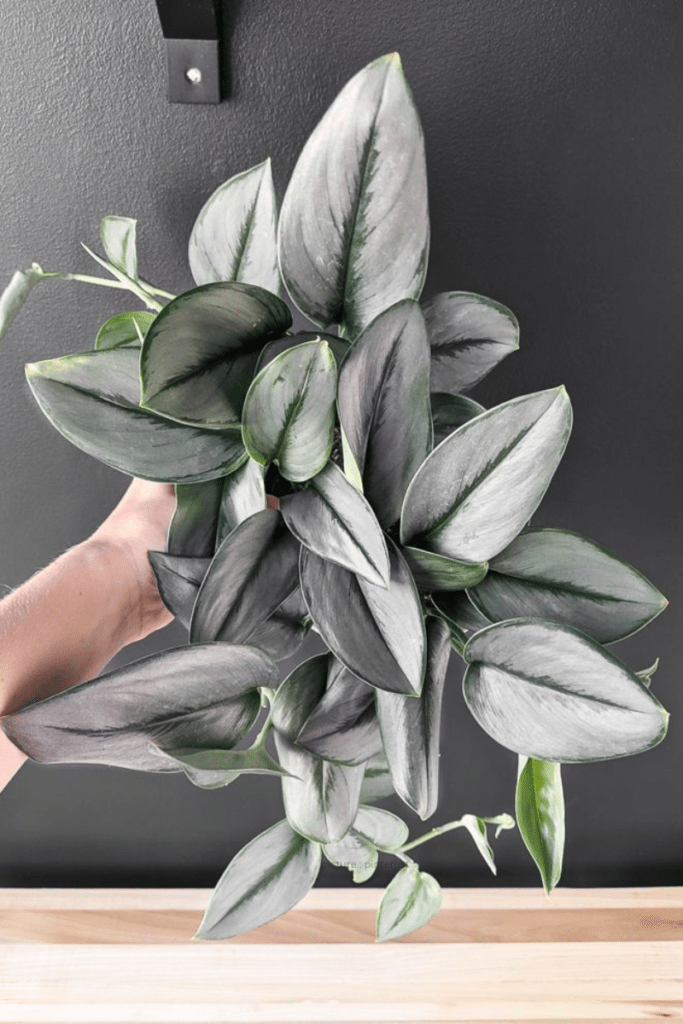
Section 2| Varieties of Scindapsus
Let’s examine a few of the several Scindapsus variants that are now accessible.
You may buy the well-liked houseplant Scindapsus pictus. Because it is identical to the common pothos (Epipremnum aureum), it is very simple to maintain.
Its name, Pictus, which translates to “painted,” comes from the gorgeous silvery variegation that splatters across its leaves.
There are four well-liked varieties available:
1. Scindapsus pictus argyraeus
The most popular Scindapsus species is Scindapsus pictus argyraeus, sometimes known as “argy.” The leaves have microscopic silver flecks and splotches and are a deeper shade of green. Argy’s leaves are slightly smaller than those of other Scindapsus varieties, but they trail in a lovely way. The margins of the leaves are silver too.
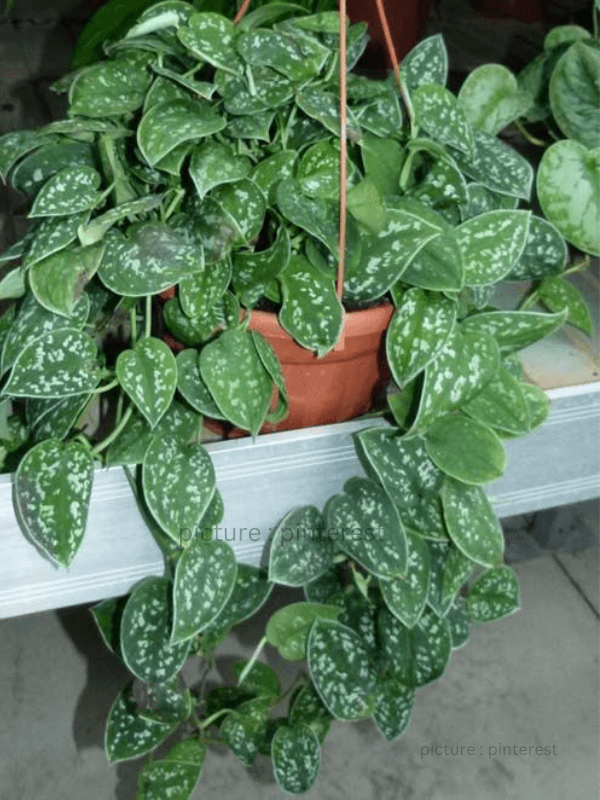
2. Scindapsus pictus silvery ann
Anne is quite attractive. She resembles argyraeus in appearance, and you may initially think they were the same plant. They are hard to distinguish from one another, especially if the plant is young and has little variation.
Silvery Scindapsus pictus Anne has smaller, deep green leaves, just as argyraeus. On the other side, there is a little bit more contrast between the green and silver areas. Some leaves appear to be “dipped” in silver or to be almost entirely silver.
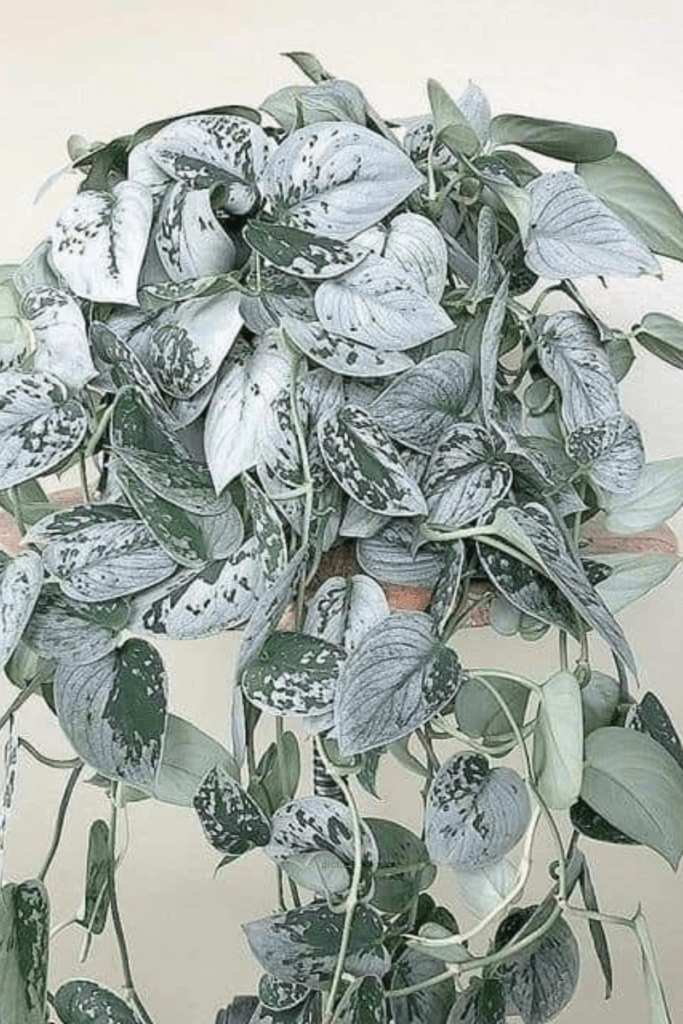
3. Scindapsus pictus exotica
This highly lovely Scindapsus pictus species has large leaves with bright splashes, speckles, and splotches of silver. The leaves may have a jade green shade that veers toward mint. Some of the leaves can seem pixelated, similar to the silver splash sort described below. Scindapsus pictus exotica plants also have rather stout stems.

4. Scindapsus pictus silver splash
Scindapsus pictus silver splash and exotica can easily be confused if they are not seated next to one another. Exotica sometimes has variegation that is extremely pixelated and seems to be a silver splash. But if you look closely, you can distinguish between the two. A lot of silver covers the leaves, which nearly mixes in with the green. The change between silver and green is less pronounced. Below is a discussion of a rare Scindapsus species that does not belong to the Scindapsus pictus family.

5. Scindapsus treubii
There are now two varieties of Scindapsus treubii: “moonlight” and “dark form.” When compared to S. pictus variations, S. treubii’s leaves are thinner, but they still have an asymmetrical hook at the end. Scindapsus treubii’moonlight’ flourishes when the leaves are left to curl before watering, same as Scindapsus pictus variations. While Scindapsus pictus variants curl their leaves, Scindapsus treubii’s “dark form” does not. By seeing how lush the leaves are, you can determine when to water it. The leaves will be stiff and lustrous when the plant is properly hydrated. The plant requires watering when the leaves start to wilt and seem drab and less strong.
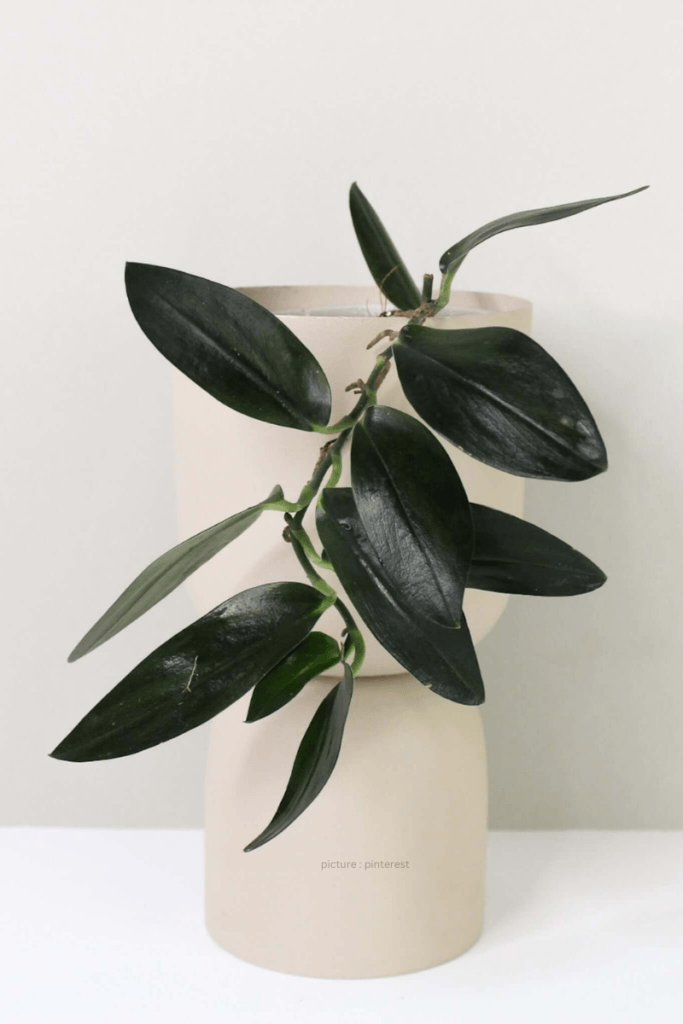
Section 3| Scindapsus Plant Care and Maintenance
Sunlight: The Scindapsus plant needs strong, indirect light all year long. Direct sunlight will burn its leaves, yet little light will cause the leaves to lose their variegation.
Humidity: Relative humidity should be kept between 40 and 50 percent all around your plant. Use a humidifier in the room or a humidity tray if the air is dry in the winter.
Temperature requirements: Typical temperatures vary from 18 to 29 degrees Celsius (65 to 85 degrees Fahrenheit). Avoid exposing the Scindapsus plant to cold air, even for a brief period of time, as cold air will harm the tropical plant’s leaves.
Soil: Use an all-purpose potting mix as the soil for your indoor plants.
Watering: When watering, let the soil dry out in between applications. every 1-2 weeks, water. In brighter light, watering should be done more regularly, and in darker light, less frequently.
The Scindapsus plant is a generally tolerant species. When a plant is under-watered, the leaves curl and begin to wilt. Yellowing foliage and wet potting soil are indications.This plant may be harmful if consumed. Scindapsus plants should never be placed within reach of little children or animals.
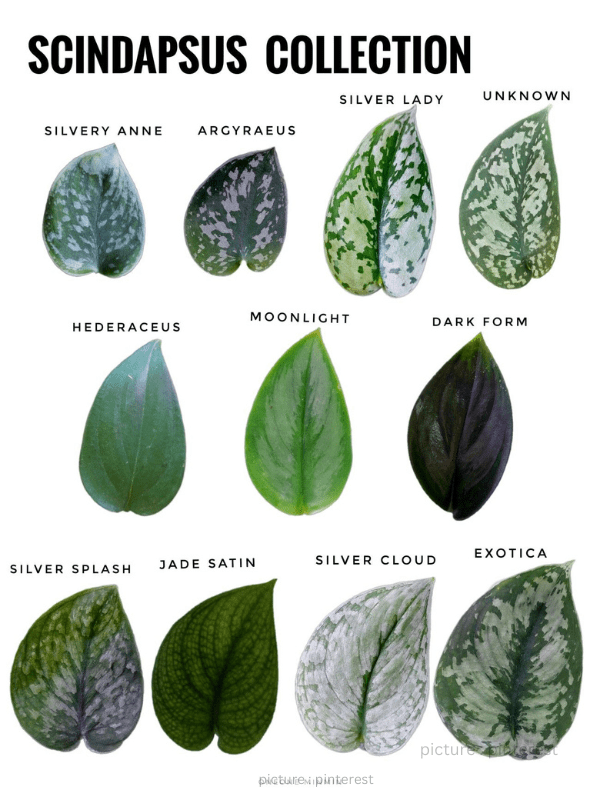
Section 4| Scindapsus Plant Propagation
Stem Cuttings:Take a healthy stem cutting that is at least a few inches long, ensuring it has at least one leaf and a node (the small bump on the stem where leaves and roots grow). Trim the cutting just below a node using clean, sharp scissors or pruning shears. Put the cutting in water or right into a potting mix that has good drainage. To avoid stagnation when using water, replace the water every few days. In a few weeks, roots will start to form.
Air Layering: Choose a healthy section of the stem and make a small incision or remove a ring of bark just above a node. Wrap the wounded area with moist sphagnum moss, and then cover it with plastic wrap or a plastic bag to keep it moist. After a few weeks, roots should develop within the moss. Once there are enough roots, cut the stem below the rooted area and pot it up.
Division: If your Scindapsus has grown into a large clump, you can divide it into smaller plants. Remove the plant from its pot and carefully separate the individual stems and root clusters. Re-pot the divided sections into separate pots with fresh potting soil.
Layering: This method is similar to air layering but is done while the plant is still attached to the parent plant. Choose a healthy stem, bend it down to the soil, and cover a section of it with soil. Secure the covered section with a U-shaped wire or a small stake. Roots will form in the covered section. Once roots are well-established, you can cut the new plant away from the parent plant and pot it separately.
Leaf Cuttings (less common): While not as reliable as stem cuttings, you can try propagating Scindapsus from individual leaves. Cut a healthy leaf into sections, making sure each section has a vein running through it. Insert the leaf sections into a well-draining potting mix, burying them partially. Keep the soil consistently moist, and new plants may sprout from the leaf sections.
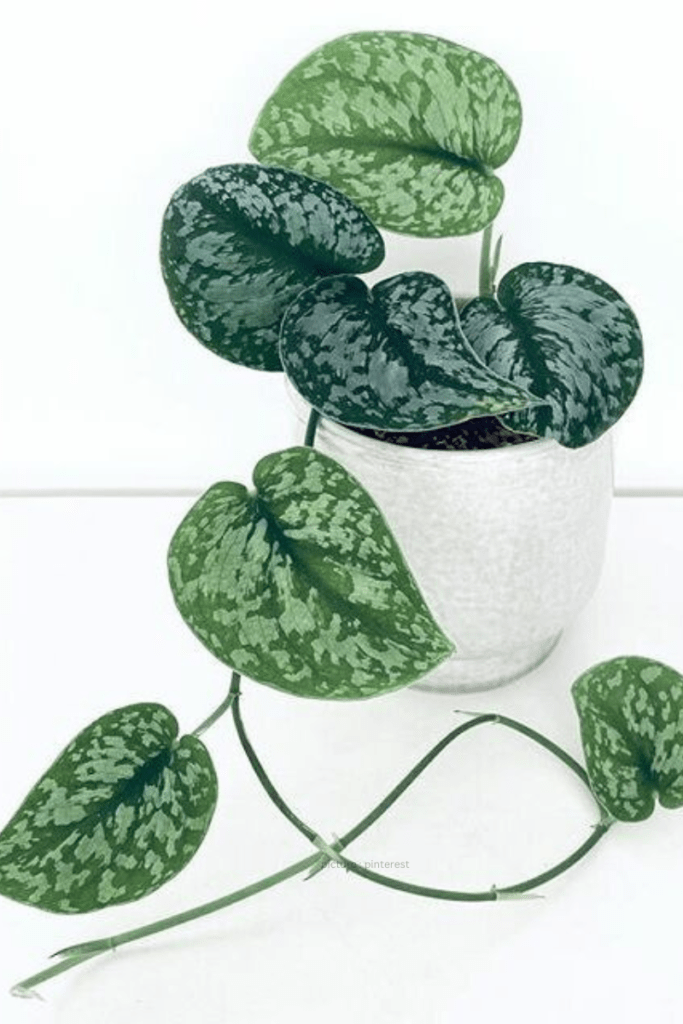
Frequently Asked Questions of What Is Scindapsus Plant
Q : Is Scindapsus an air purifier?
A : The Scindapsus has many qualities, as well as its attractiveness, it is easy to maintain and features on NASA’s list of air purifying plants. The plant produces oxygen, improves air humidity, neutralises harmful gases and in doing so cleanses the air. This is an ideal plant for any home or office.
Q : Is Scindapsus an indoor plant?
A : As evergreen tropical plants that are members of the Arum family, almost all Scindapsus plants make great house plants that are easy to grow indoors. That’s because they can survive without too much light or water.
Q : Does Scindapsus need sun?
A : Scindapsus grows best when placed in bright indirect sunlight, however, they also adapt to lower light if needed. When placed in very low light, yellow leaves will appear. Be careful not to place the plant in full sun as the foliage will burn.
Q : Does Scindapsus flower?
A : Scindapsus pictus, or silver vine, is a species of flowering plant in the arum family Araceae, native to India, Bangladesh, Thailand, Peninsular Malaysia, Borneo, Java, Sumatra, Sulawesi, and the Philippines.
Q : How often should I water Scindapsus?
When the soil is dry, the pot feels light, and the edges of the leaves are starting to curl, it’s time to give your Scindapsus a big drink of water. You’ll need to water more often if your plant is in brighter light or if temperatures are warmer, but on average, expect to water your satin pothos every 1-2 weeks.
Q : Where do you put Scindapsus?
A : As an indoor plant, Scindapsus pictus prefers a location that is bright and warm. While it is also possible to grow them in a darker location, this will result in a less pronounced silvery leaf pattern and the plant will not grow as fast.
Conclusion: What Is Scindapsus Plant
In summary, Scindapsus plants need a little bit more maintenance than Epipremnum pothos. Although their growth rates are comparable, Scindapsus plants have much thicker stems and leaves. In comparison to Epipremnum pothos plants, they also develop more slowly and are more vulnerable to neglect. Even though you’ll probably have little trouble taking care of the plants, there are a few distinctions to be aware of.
About The Author

Pruthvirajsinh
THE WAY YOU NEED IT
Connect with us
Recent Posts
- Decorate Your Home Space With Artificial Grass In 2023
- #1 Top 5 Creative Festive Garden Decor Ideas
- #1 The Most Easy Way to Protect Your Plants From Frost In USA
- #1 BEST TULSI REDUCES ACTIVE ACNE IN 2023
- #1 Best 7 indoor plants that people with amazing-smelling homes use to scent their spaces naturally
Information

Decorate Your Home Space With Artificial Grass In 2023

#1 Top 5 Creative Festive Garden Decor Ideas
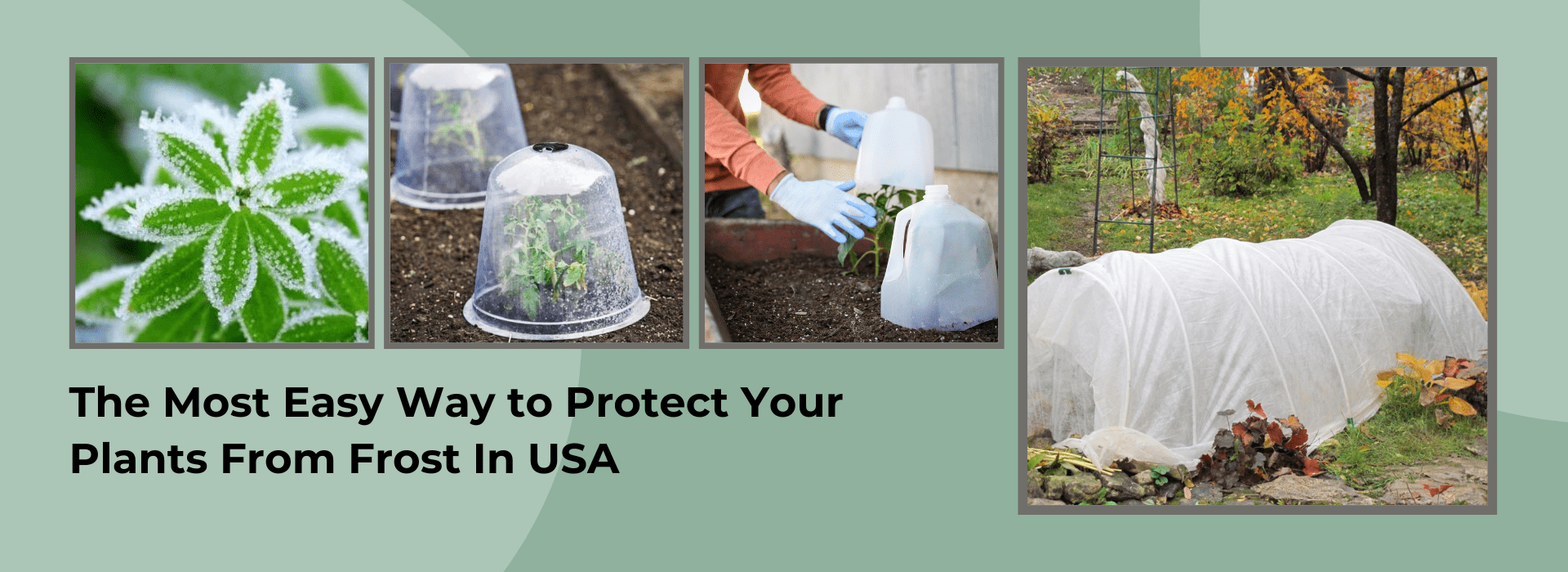
#1 The Most Easy Way to Protect Your Plants From Frost In USA
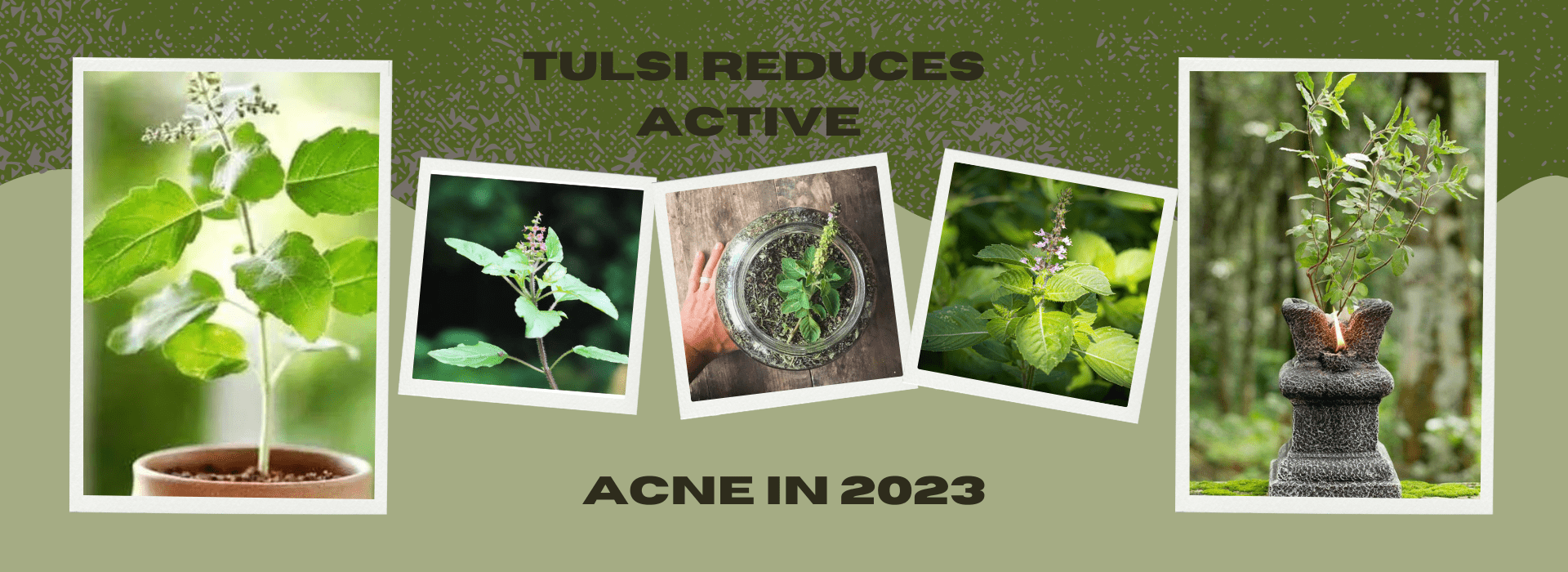
#1 BEST TULSI REDUCES ACTIVE ACNE IN 2023

#1 Best 7 indoor plants that people with amazing-smelling homes use to scent their spaces naturally
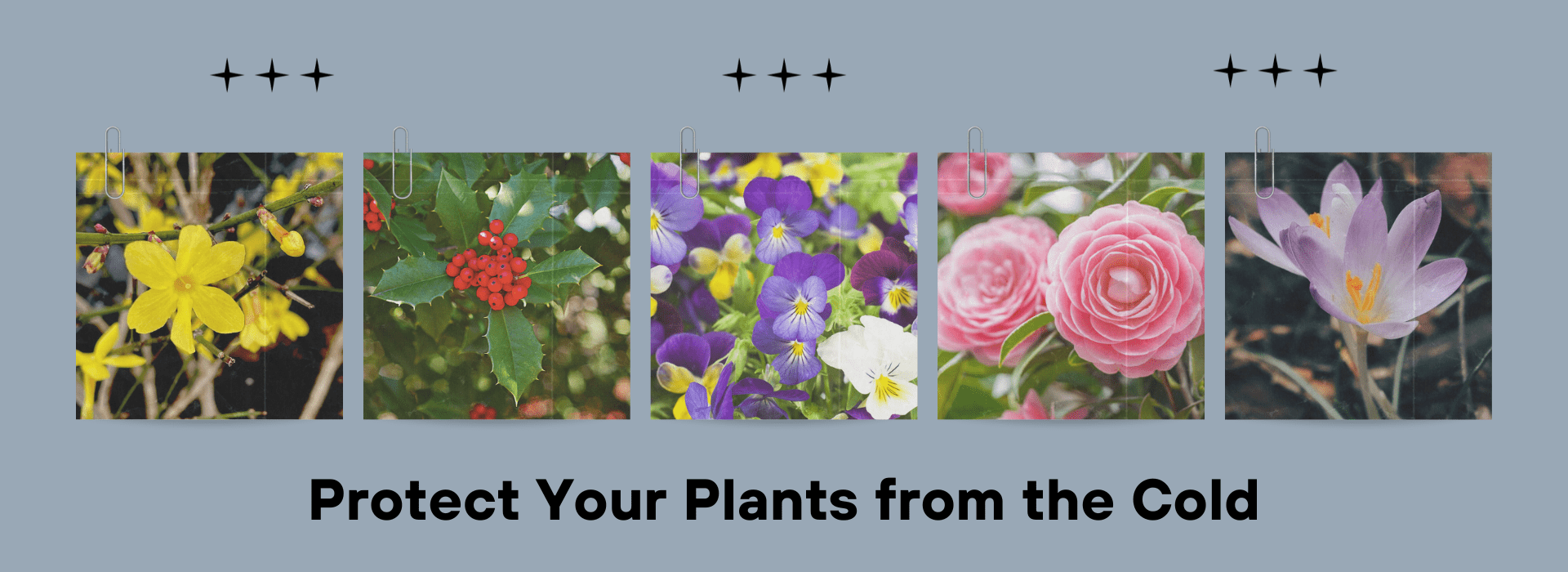

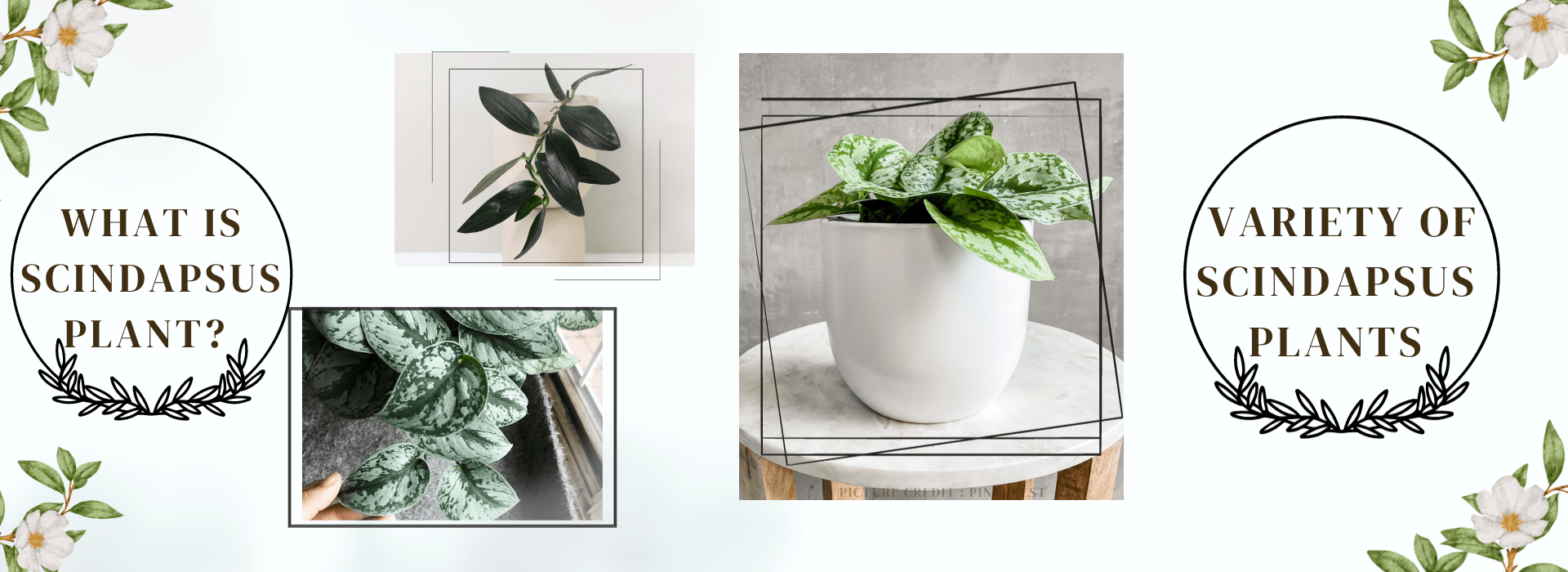

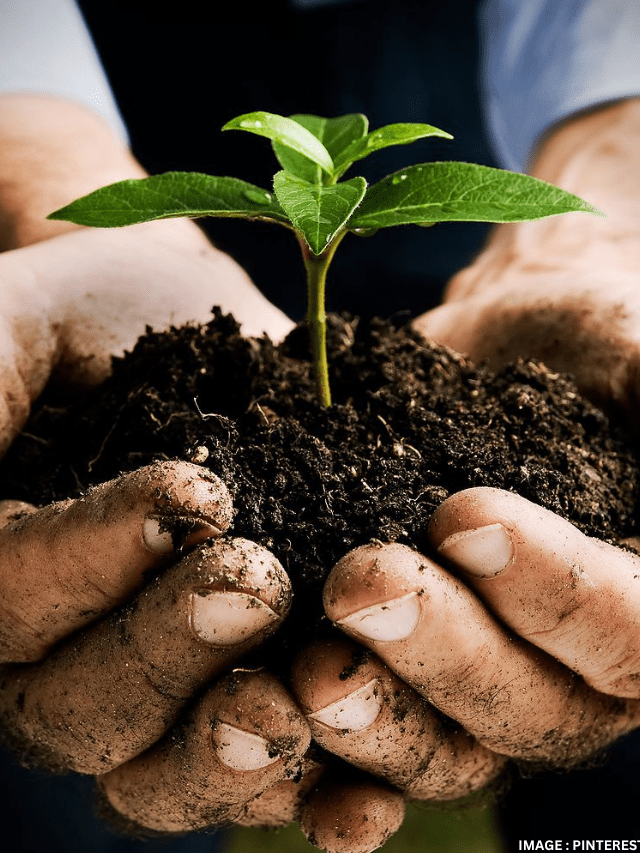


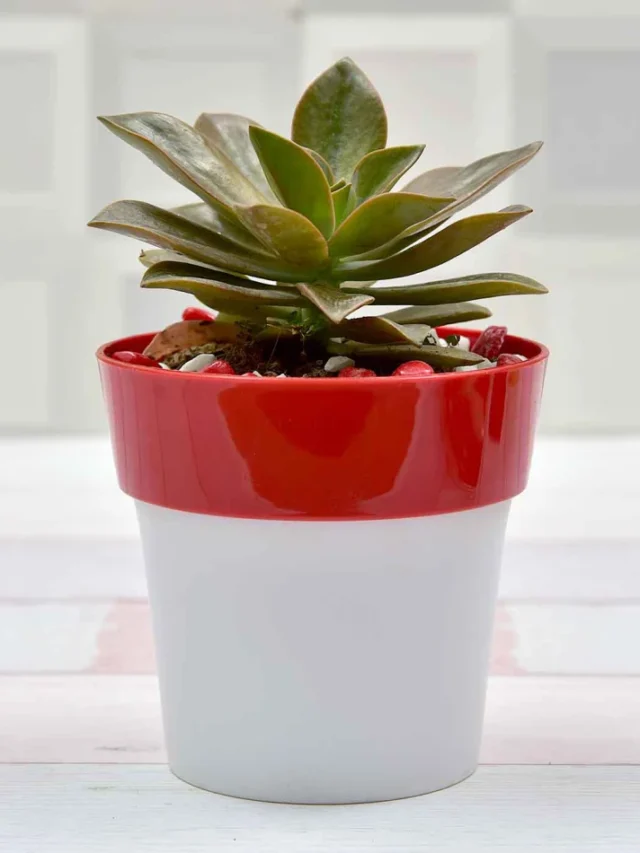

Recent Comments